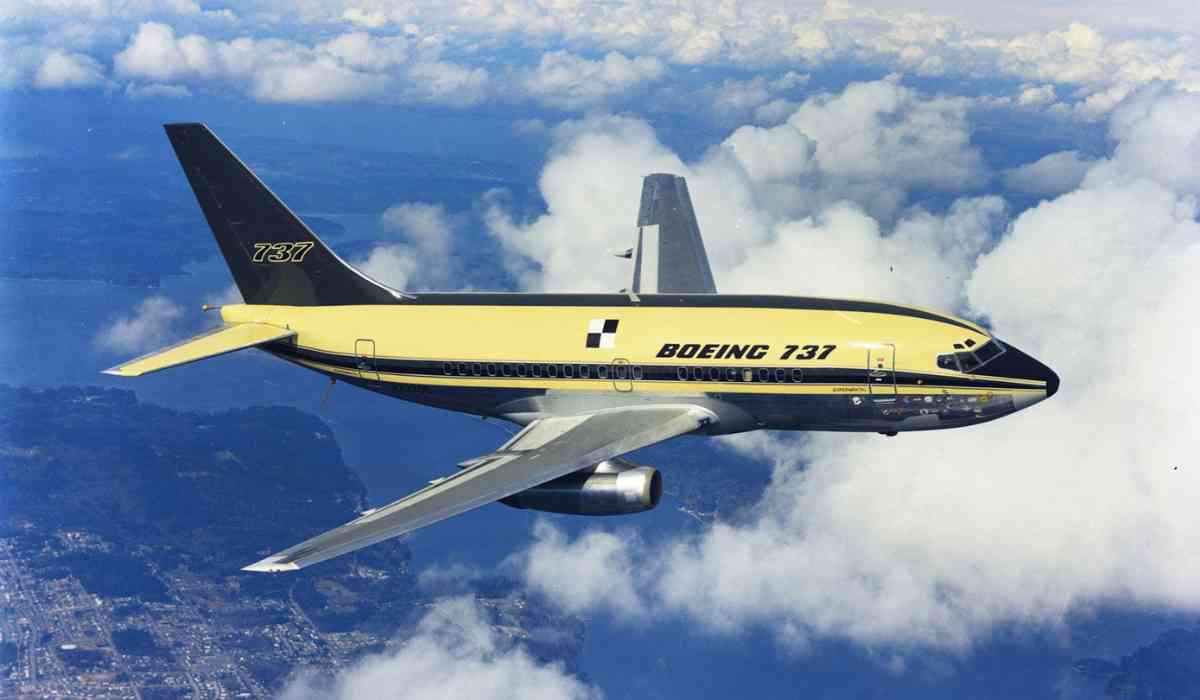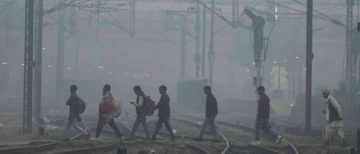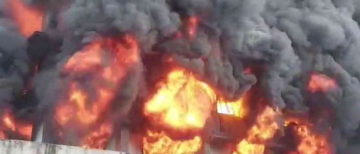Boeing, once hailed as the gold standard of aviation engineering, is now grappling with an intensifying crisis. Once synonymous with safety and innovation, the aircraft giant is repeatedly making headlines for the wrong reasons—frequent accidents, alarming safety lapses, and a series of whistleblower revelations. The recent Ahmedabad plane crash, which claimed over 130 lives, is yet another grim addition to Boeing’s increasingly tarnished legacy.
Amid lawsuits, congressional scrutiny, and shaken public trust, the same question keeps resurfacing: Why are so many Boeing planes crashing? The story goes beyond a single accident—it's about a decades-long deterioration of safety standards, ethical leadership, and engineering integrity.
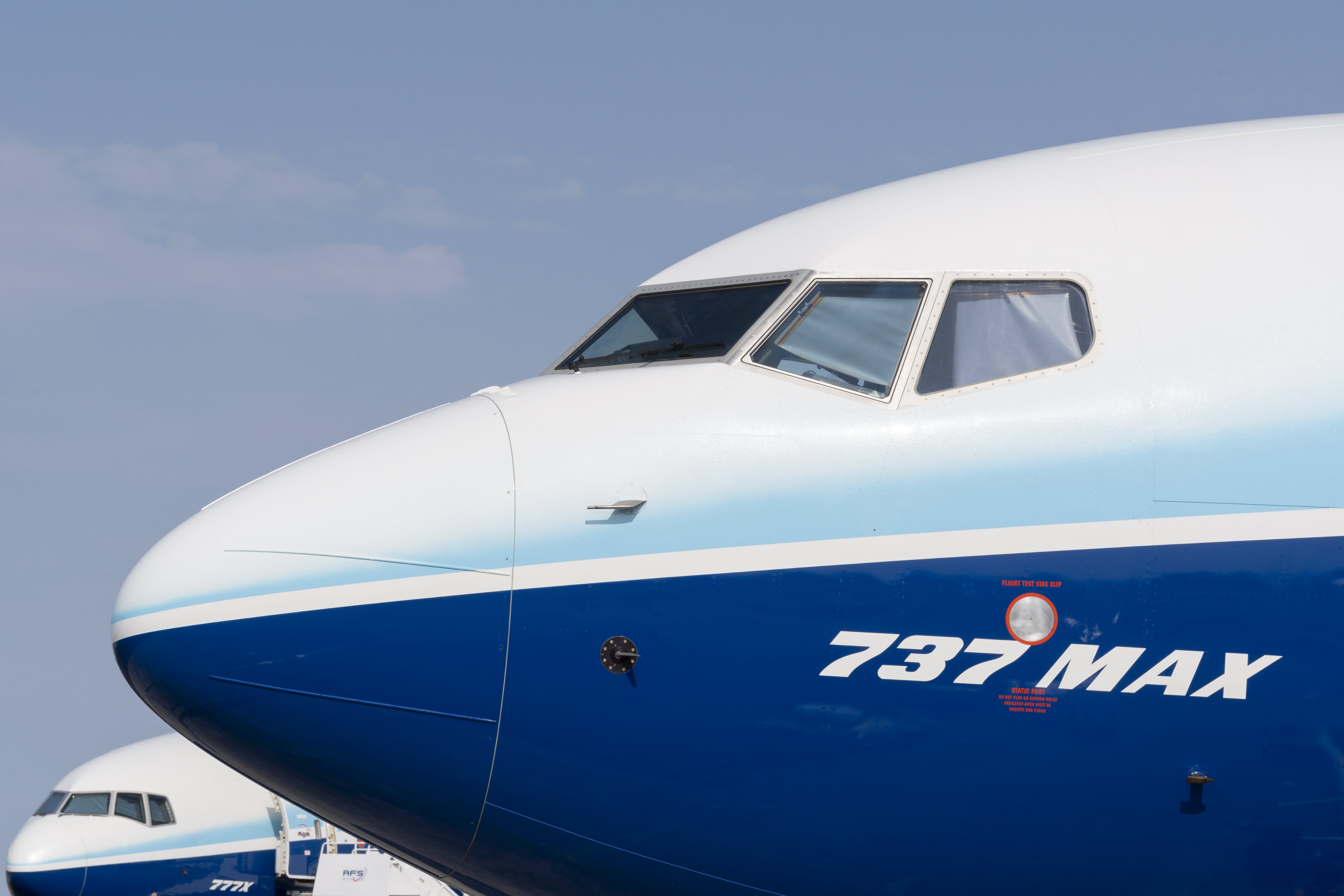
The Rise and Fall of an Aviation Giant
Boeing was once known for its unrivaled engineering excellence and reliability. Its 737 series, first launched in 1967, became the most widely flown passenger aircraft in the world. However, as financial priorities began overtaking engineering ethics, the company’s decisions—especially after its 1997 merger with McDonnell Douglas—started compromising its core values.
This shift had long-term consequences, and today’s tragic events like the Ahmedabad crash underscore how systemic flaws have made Boeing a shadow of its former self.
The Ahmedabad Tragedy: A Symbol of Boeing’s Crisis
The Ahmedabad crash, involving a Boeing 737, is now being viewed not as an isolated incident, but as part of a disturbing trend. Over 130 people lost their lives, making it one of India’s deadliest aviation disasters in recent years. Aviation analysts, survivors’ families, and regulatory authorities are all pointing toward a pattern—one that suggests deeper issues within Boeing’s aircraft designs and corporate governance.
News of the accident triggered global shockwaves, with commentators linking it to earlier incidents involving Boeing’s troubled 737 aircraft. This tragic crash isn't just an operational failure—it has become a symbol of Boeing’s crumbling credibility.
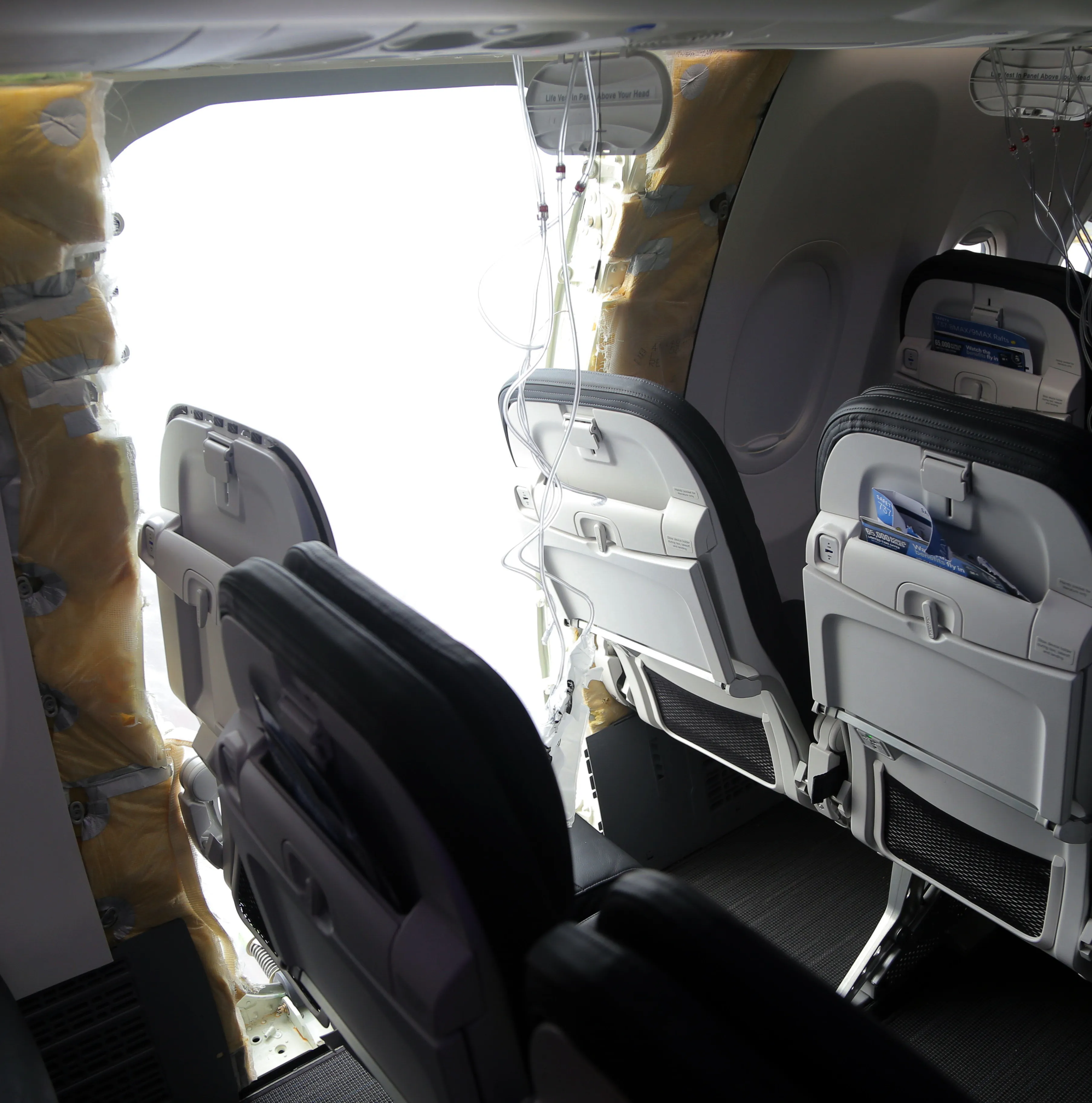
Sub-Par Engineering: A Fatal Shift in Culture
Boeing's deterioration arguably began when it moved from being engineer-led to finance-driven. As The Atlantic put it, the company "once driven by engineers became driven by finance." Only one engineer, Stan Deal, remained in senior management before retiring in March 2024.
This shift led to fatal design flaws and systematic quality errors. Emirates Airlines’ CEO, Tim Clark, went so far as to send engineers to oversee Boeing’s 777 production line, citing a “progressive decline” in standards. The airline is also monitoring staff at Spirit AeroSystems, the subcontractor responsible for manufacturing 737 fuselages—a move that signals industry-wide distrust.
Clark emphasized that Boeing now needs “a strong engineering lead” and a new governance model focused on safety and quality, not just profit.
Manufacturing Lapses and Quality Control Failures
The Alaska Airlines door plug blowout in early 2024 further exposed serious cracks in Boeing’s manufacturing practices. Investigations by the FAA revealed that four bolts were missing from the door plug. This life-threatening oversight occurred after Spirit AeroSystems replaced faulty rivets on the fuselage—without ensuring the bolts were reinstalled.
The FAA and NTSB found that Boeing had multiple instances of non-compliance with quality control protocols. FAA Administrator Mike Whitaker confirmed that Boeing would now be subject to intensive oversight, and nearly 200 Boeing 737 aircraft were grounded. The agency has also halted the expansion of the 737 Max production line.
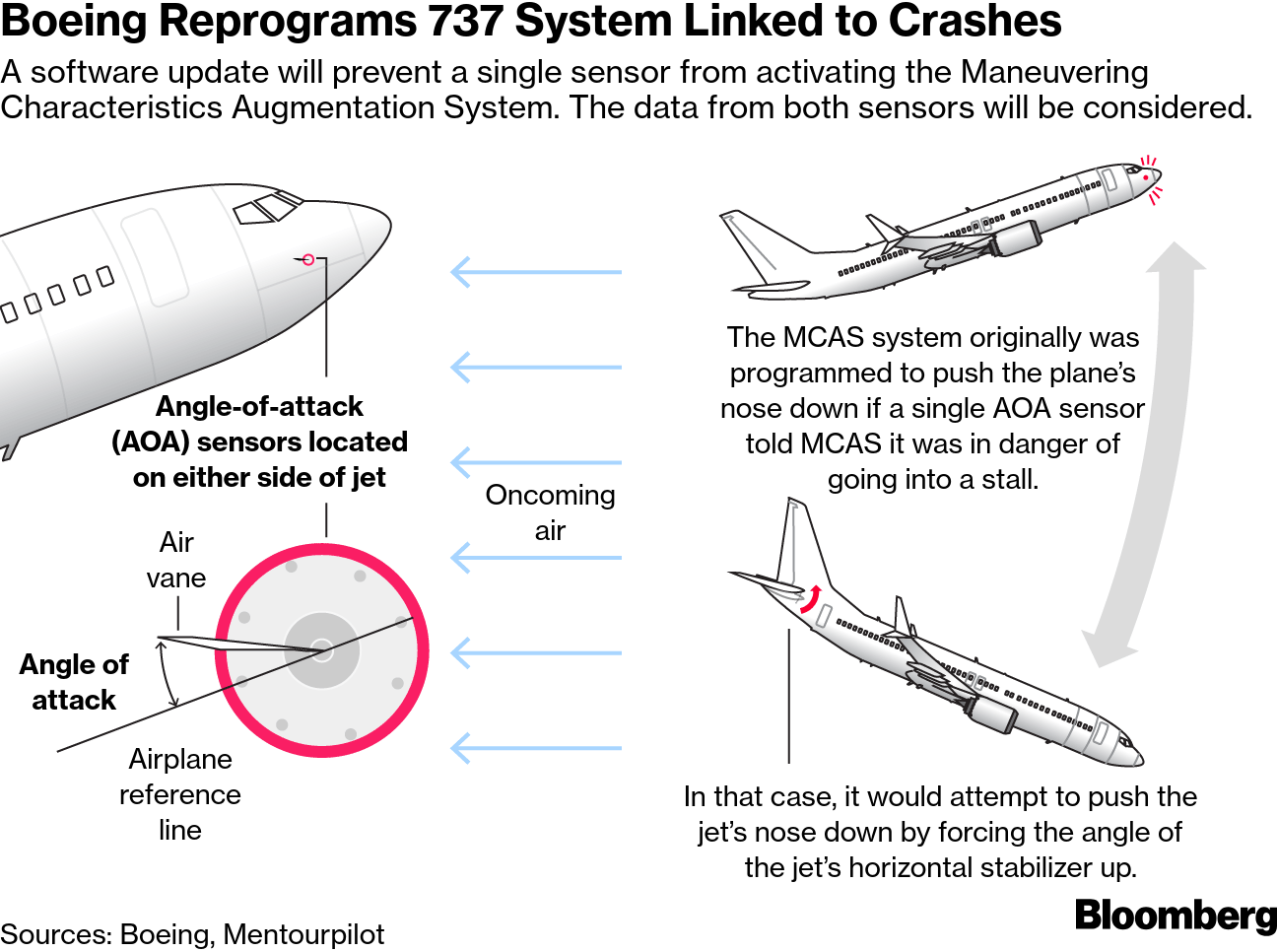
MCAS Software: A Hidden Killer
The Boeing 737 Max tragedies in Indonesia (Lion Air, 2018) and Ethiopia (Ethiopian Airlines, 2019) were both traced to a malfunctioning software system known as MCAS (Maneuvering Characteristics Augmentation System).
Developed to compensate for the Max’s tendency to tilt nose-up, the MCAS system triggered unexpectedly due to faulty sensor readings. Pilots were unaware of the system’s existence, as Boeing did not include it in training manuals or operational documentation.
In a damning NPR interview, aviation journalist Peter Robinson described how Boeing’s leadership ignored internal warnings from engineers. One was even told, “If that happens, the system shuts down immediately”—a statement that proved completely false.
Cost-Cutting Over Safety
Boeing's relentless pursuit of profit has been cited as a major factor behind its safety failures. According to Bloomberg and multiple whistleblower accounts, Boeing repeatedly chose cheaper, riskier options rather than investing in long-term safety.
-
MCAS was implemented instead of a costly aircraft redesign.
-
Pilot simulator training, which could have saved lives, was skipped to save an estimated $10 million per simulator.
-
The company relocated parts of its business to avoid unionized labor, gaining $60 million in tax credits, but compromising communication between engineers and decision-makers.
Former Medtronic CEO Bill George emphasized in a Harvard Business School op-ed that these decisions weakened Boeing’s engineering culture, placing safety as a secondary concern.

Internal Turmoil: A Revolving Door of Leadership
Boeing’s leadership has been marred by scandals and instability. Starting with Philip Condit’s forced resignation in 2003 over ethics issues, the company has had a revolving door of CEOs, many of whom left under controversial circumstances.
-
Harry Stonecipher (ousted for an affair)
-
Jim McNerney (presided over major outsourcing)
-
Dennis Muilenburg (fired after the 737 Max crashes)
-
David Calhoun (oversaw the Alaska door plug incident; stepping down in 2024)
This instability has eroded corporate accountability, further contributing to Boeing’s crisis of confidence.
A History of Safety Infractions
Boeing's safety record has long been under scrutiny—even before the 737 Max disasters. A Washington Post investigation revealed that cargo door certifications were falsified for years. Other issues included:
-
Tools left inside aircraft wings
-
Faulty wire bundles prone to chafing
-
Missed FAA deadlines on safety fixes
Despite a 2015 FAA directive to overhaul its safety culture, Boeing has repeatedly fallen short of compliance.
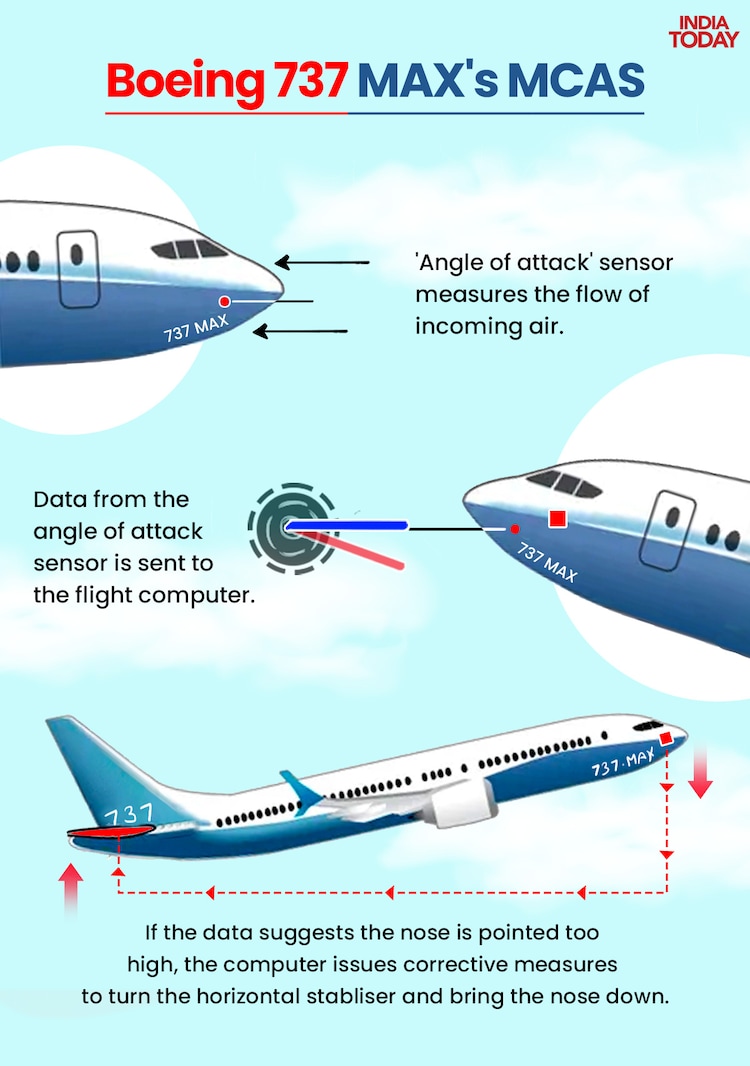
Repackaging the Same Aircraft: A Dangerous Shortcut
Rather than invest in brand-new designs, Boeing has continually retrofitted its original 737 model. What began in 1967 has morphed into the 737 Next Generation and eventually the 737 Max, but all are based on the same foundational frame.
CNN notes that Boeing shelved plans for a new aircraft and instead pushed forward iterations of the 737, despite clear warnings about design limitations. This shortcut strategy allowed them to maintain regulatory approvals and reduce training costs—but it came at the cost of safety and innovation.
Deception and Legal Battles
In one of the most damaging revelations, two Boeing technical pilots allegedly misled the FAA about MCAS changes. According to the Department of Justice, this concealment amounted to a conspiracy to defraud regulators. Boeing later paid $2.5 billion in penalties in a deferred prosecution agreement.
While one of the pilots was acquitted, the scandal further cemented the narrative that Boeing was putting profits over candor—a devastating blow to its already damaged reputation.
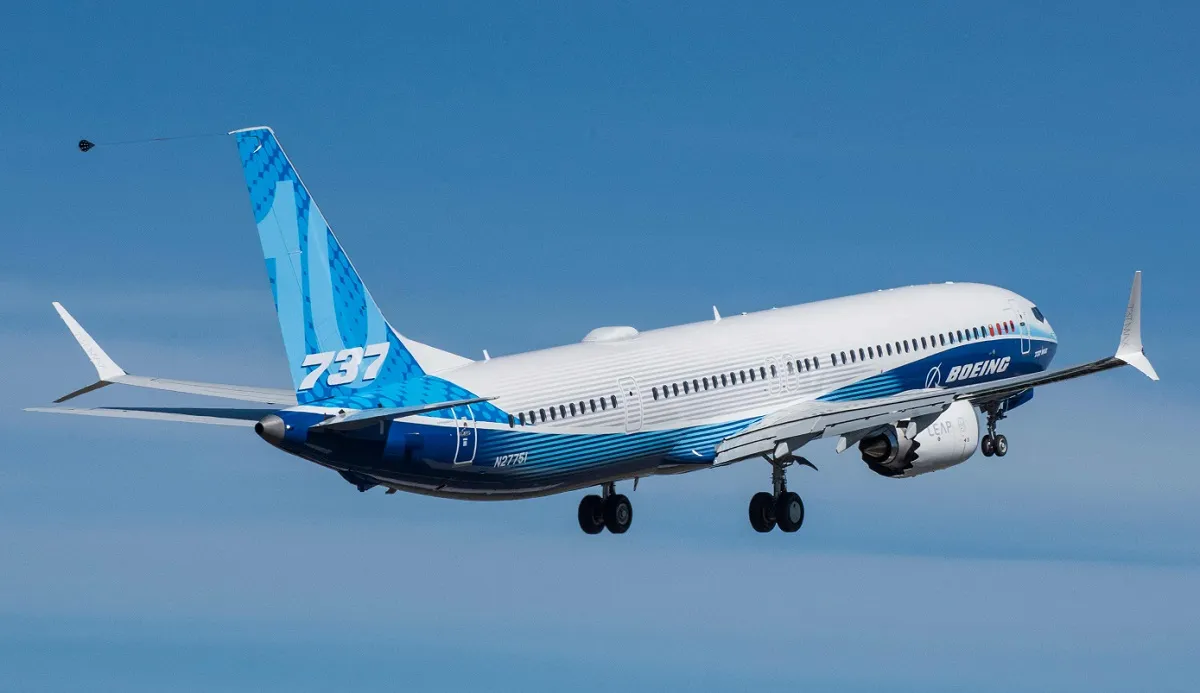
Even Newer Aircraft Like the 787 Dreamliner Raise Alarms
It’s not just the 737. Boeing’s 787 Dreamliner is also under fire. Two whistleblowers—John Barnett and Sam Salehpour—have raised alarms:
-
Barnett claimed that 25% of the oxygen systems he tested on the Dreamliner were faulty.
-
Salehpour alleged that the 787 could break apart mid-air due to faulty fuselage construction shortcuts.
Barnett was found dead in his car during his deposition against Boeing in March 2024, adding a chilling dimension to the unfolding drama. Boeing has denied these claims, but public skepticism is at an all-time high.
Boeing’s Brand Is in Freefall
The Ahmedabad plane crash is more than a tragedy—it’s a symbol of Boeing’s systemic collapse. It adds to an already damning portfolio of design flaws, corporate negligence, regulatory deception, and safety oversights. Each accident, whistleblower revelation, and leadership scandal chips away at the company’s credibility.
What was once the undisputed leader of the skies is now a company scrambling to regain trust, facing mounting investigations, lawsuits, and consumer fear.
Until Boeing re-centers its culture on engineering integrity, transparency, and passenger safety, incidents like the Ahmedabad crash will continue to haunt its legacy—and perhaps even define its future.
With inputs from agencies
Image Source: Multiple agencies
© Copyright 2025. All Rights Reserved Powered by Vygr Media.

